by: Nick Fox, Enrolled Actuary
Defined benefit (DB) plans, especially cash balance formulas, are an attractive way to shelter business owners’ income from taxation, well above and beyond the levels available in a defined contribution (DC)-only arrangement. In return, business owners with DB plans have to keep in mind the interplay between contributions to the plan and the maximum tax-sheltered distribution amount.
To visualize this risk, a helpful analogy I’ve used in my twenty years of actuarial practice is the humble water fountain. Imagine seeing one along your path walking through your office, or the gym, or your child’s school principal’s office… if you’re thirsty, you press a button, drink as much as you need, then let the button go and walk away. If you’re not thirsty, you pass by the fountain and nothing happens.
This is like a DC plan. Each year, if you’re thirsty to defer taxable income, you satisfy that thirst (your desired retirement benefit) from the water fountain (by contributing to the plan) until you can’t drink any more (reach the 415(c) limit), then you walk away until the next year. If you are not thirsty, you can simply choose not to drink (not contribute) and nothing happens.
Now instead of a water fountain, imagine your own kitchen sink, or Brita filter, and a water bottle. Imagine every morning you go to the sink, turn on the faucet, and fill up the water bottle. The bottle comes with you to work, in the car, at the gym, etc. Ideally you put just enough water in the bottle to satisfy your thirst for the whole day. You might fill up the bottle even if you aren’t thirsty right now, because you might need a lot to drink later. Or, you might run out of water in the middle of the day and go through a dry spell until you’re at the sink again. By the way, did you remember to turn off the faucet before you left the room?
This is like a DB plan. When you are thirsty (for a retirement benefit) you first turn on the faucet (establish a plan formula). You get your water bottle (the DB trust) and fill it as much as you like (contribute within the permitted range). If you are a very thirsty person you probably have a larger water bottle than someone who is less thirsty; and you probably want a bigger faucet (a larger benefit accrual) to fill the bottle faster. If you run out of water, you can drink what’s left in the bottle if there’s any left over; but you can’t fill a water bottle that’s already full (contribute to a plan that’s very overfunded). Further, with a full bottle that shows signs of age, there’s risk of spillage (trapped capital and excise taxes if you can’t distribute the full amount of the trust).
The advantage of the DC plan is that you can make contributions at will, with no minimum, and you can continue to participate as long as you have the desire; further, your investment growth is always retained (there is no trapped capital). The advantage of the DB plan is you can contribute much more than with a DC plan alone, so long as you actively manage your thirst for retirement savings throughout the lifetime of the plan and be mindful of the maximum benefit amount.
How well are you hydrating? If it’s been some time since you’ve checked in on your DB plan, give your PPPC administrator a call and we can help you get started with the right next action.
